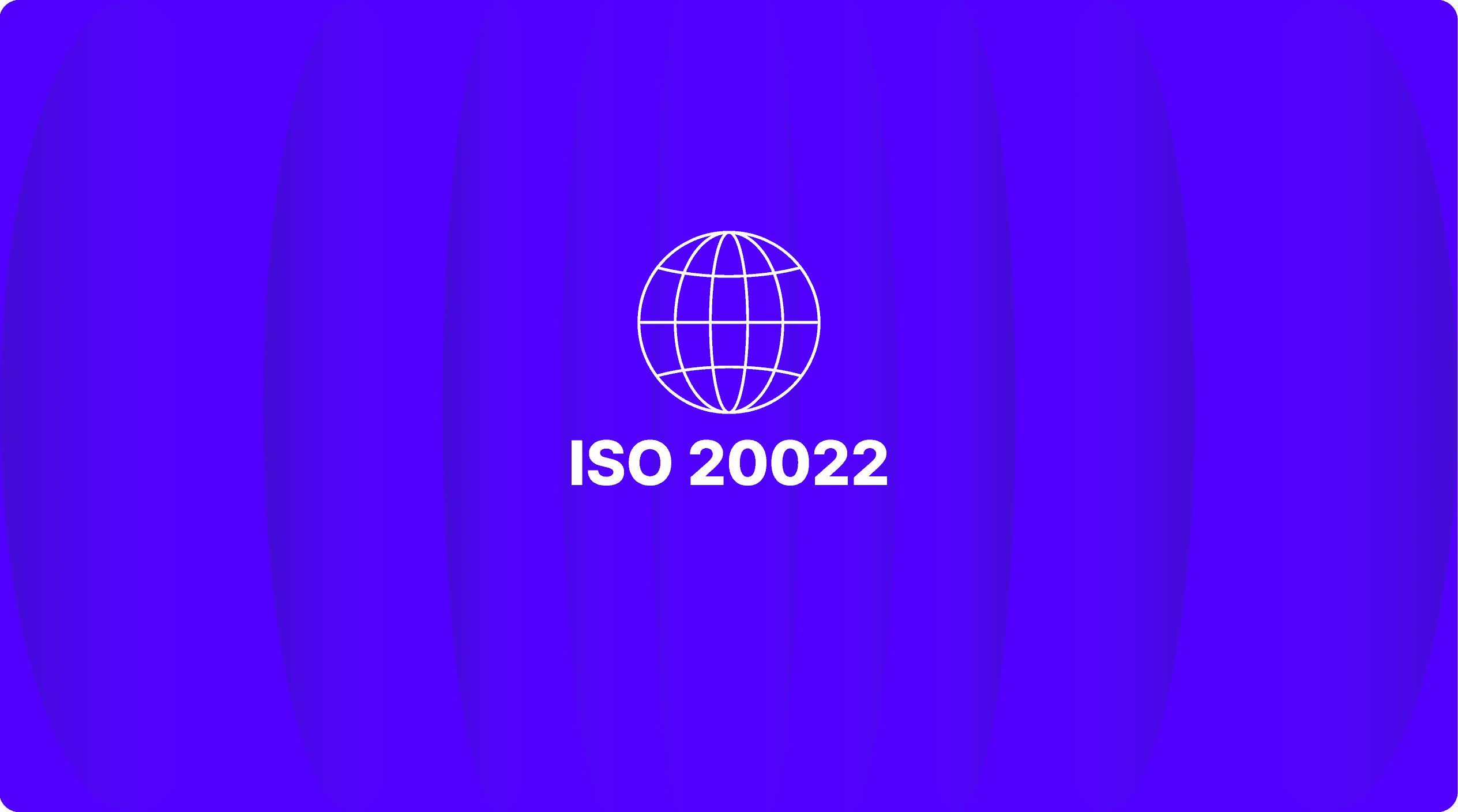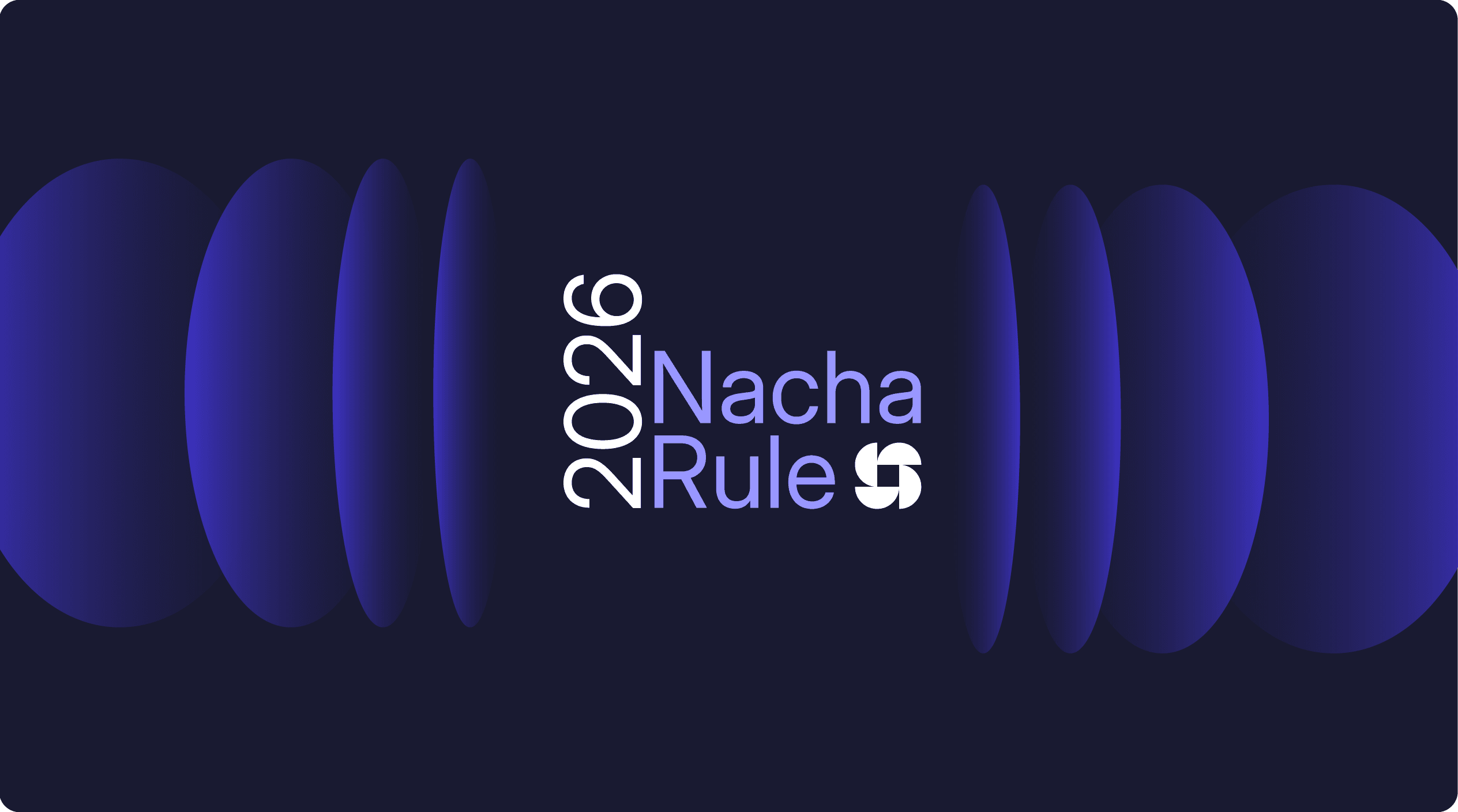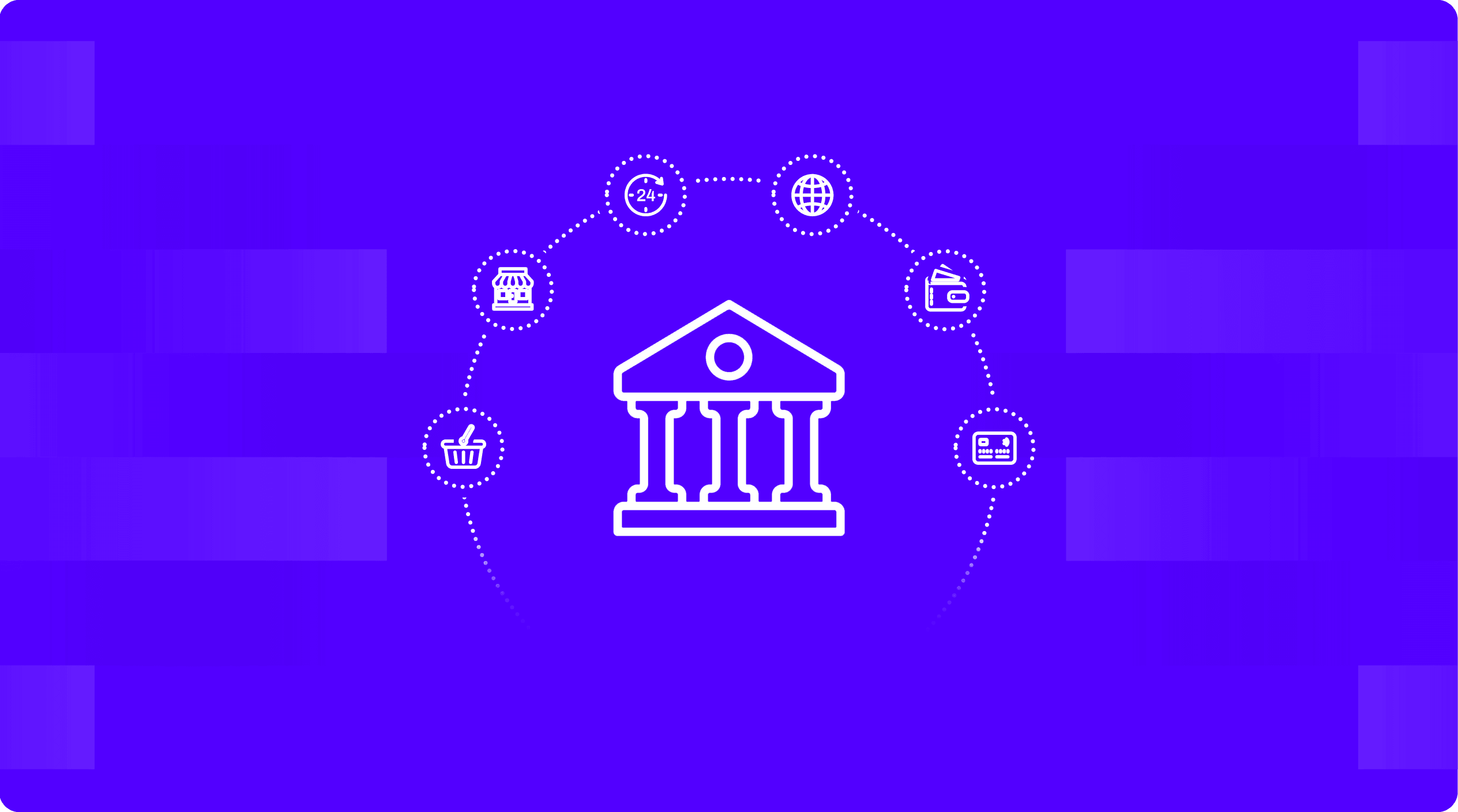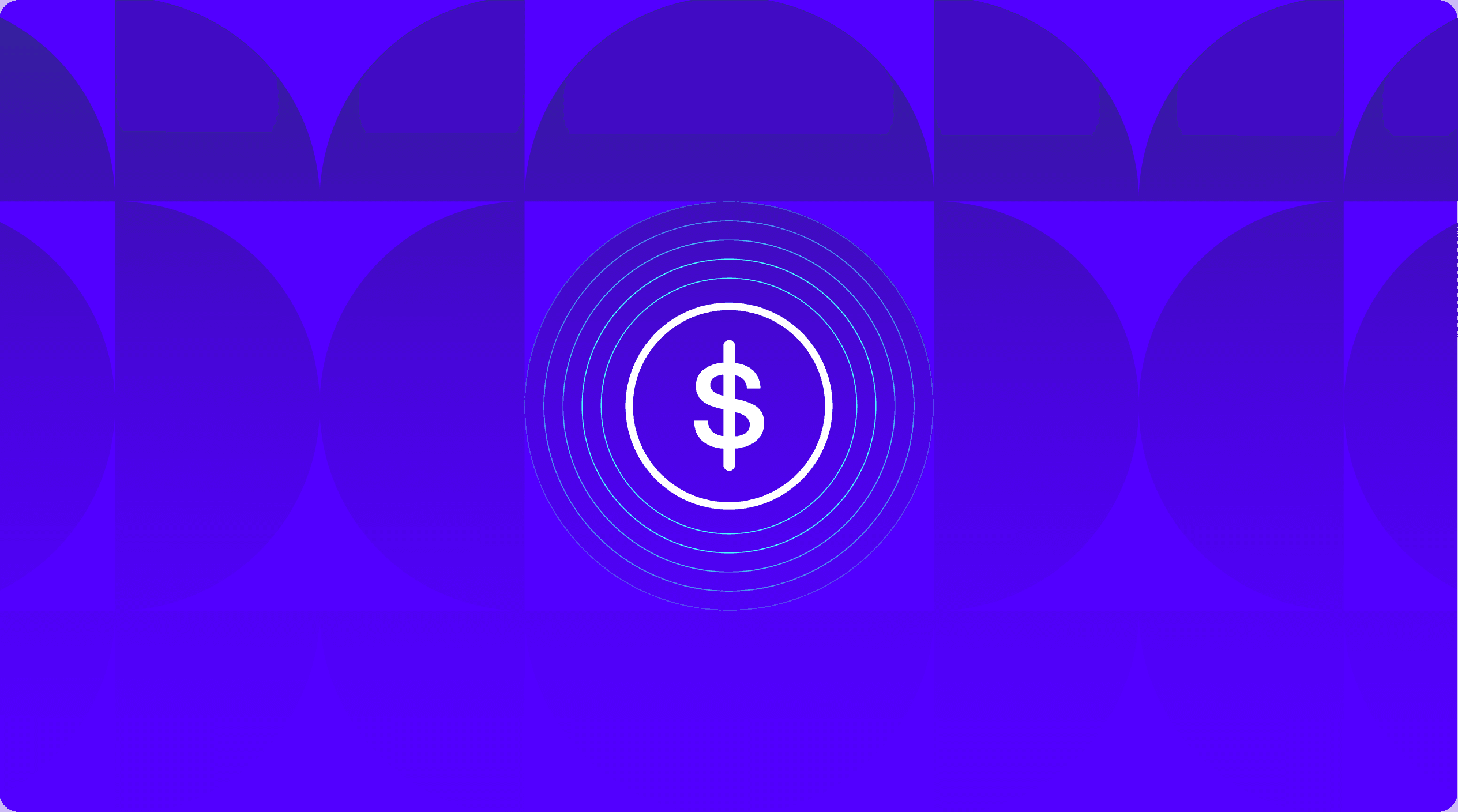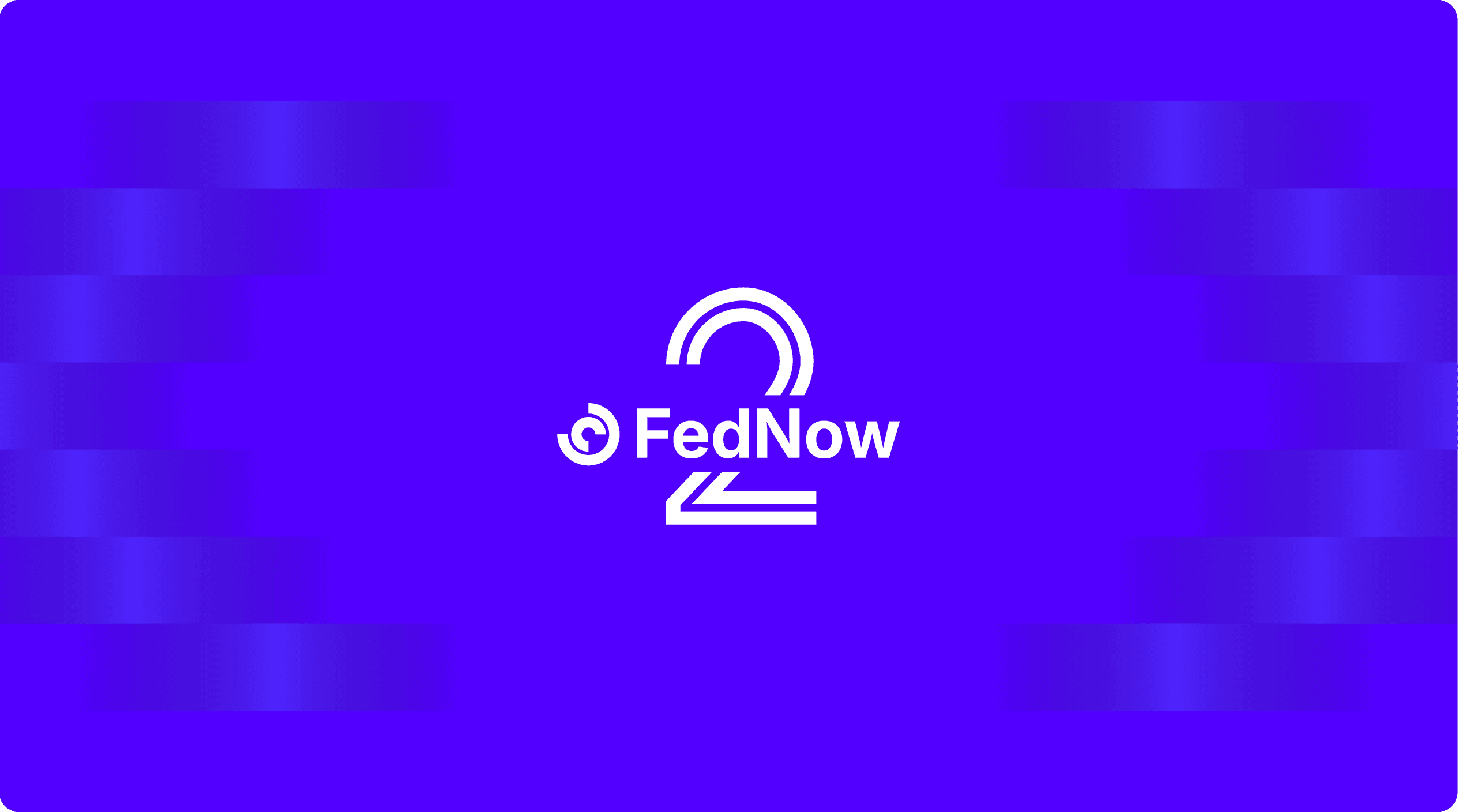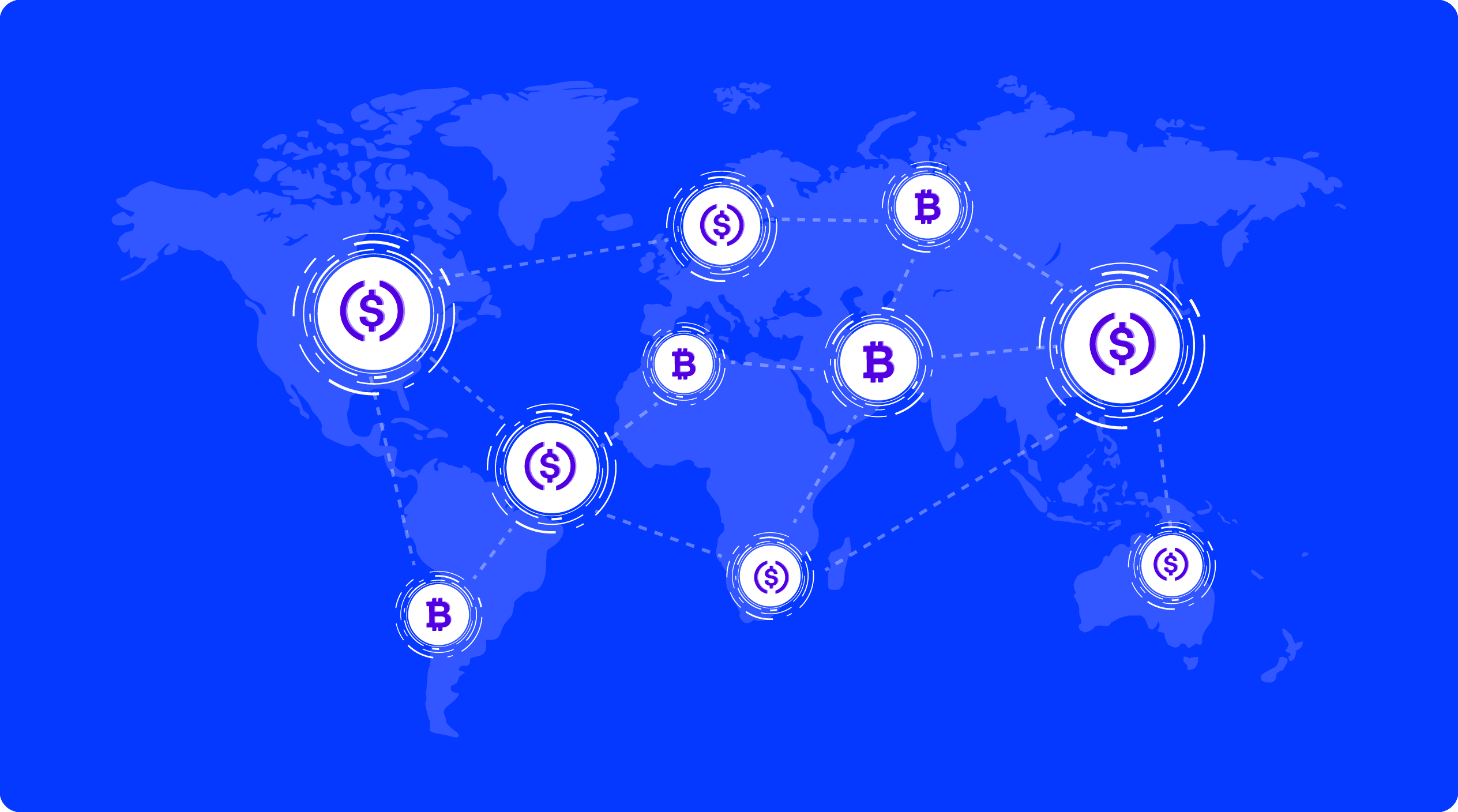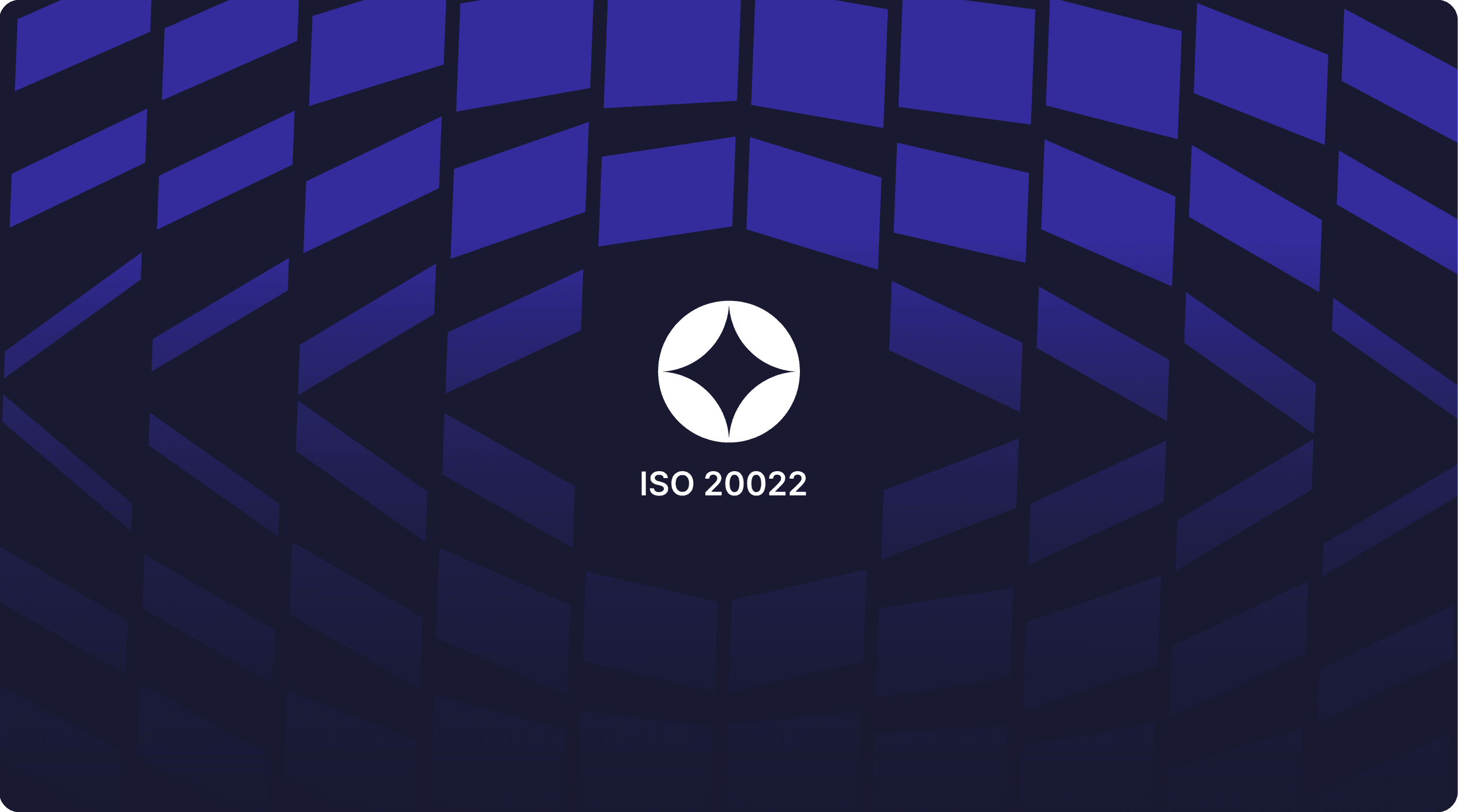Expert talk with Paolo Sironi
We'd the pleasure of talking to Paolo Sironi, one of the most respected fintech voices worldwide. His book "Banks and Fintechs on Platform Economies" is a perfect read for bank CEOs to help them envisage and adapt to new business models driven by the platform economy. Paolo co-hosts the European edition of Breaking Banks podcast. He is a celebrated author on digital transformation and a keynote speaker at major international events.
ON THE NEW BREED OF CUSTOMERS....
1. How important is it for bankers to recognize the new breed of customers - fintechs, and adapt their business model to cater to them?
For banks to compete and survive on digital economies, they must build new customer-centric business models to orchestrate platform engagement and integrate the many needs of ecosystem participants. Successful platform companies make it simpler for customers to go about their lives and business by tapping into value chains within and across industries. Early platform business models that focused on commerce, social media, and communications are now expanding into a much wider range of industries. They include travel, healthcare, entertainment, industrial, manufacturing, and many others. Financial services are an integral enabler for many, if not all, of these ecosystems. "Contextual Banking" platform strategies allow to reduce the friction in these complex customer interactions, and platform companies are increasingly incorporating financial services into their value propositions, especially in payments. While some ecosystem orchestrators partner externally to source their financial services needs, many are building their own financial services businesses.
ON DIFFERENTIATION VS PARTICIPATION
2. How can banks differentiate as against just participating in the new platform economy?
To take advantage of the platform business model opportunity, leading banks are taking a two-pronged approach. First, they leverage Banking-as-a-Service (BaaS) architectures to embed their capabilities into existing platform orchestrators' business models and take actions to mitigate commoditization by using the platform to engage customers differently, source new insights, and develop new products and services. Second, they develop their own bank-led ecosystems in market segments that exploit their own differentiated capabilities. Open finance – safe, secure modular interactions that allow users to share their financial data with trusted third parties – can enable these ecosystems to succeed. The right application of AI can also help financial organizations hyper-personalize their engagement with customers.
ON BANKING AS A SERVICE...
3. In the US, banks of all sizes are gearing up for BaaS in some way or the other. What do you see as the natural next step as more maturity in platform appreciation is attained?
In the US there is a growing interest to build super apps, more on the side of aggregating financial services offers within banking relationships than launching non-banking platform plays. This will not be enough without a deeper understanding of the source of information asymmetries that characterize current banking business models and revenue streams. Without this understanding, clients might join but either they won't interact, or they won't see the value for money in the business proposition forcing a race to zero prices. This tension, and its solution, are well addressed by the "Conscious Banking" platform strategies in my latest bestseller "Banks and Fintech on Platform Economies." The coming next steps are about opening the banking organizations, and mindset, to shift business models from products centricity to client-centricity. This means that engagement (in Contextual Banking) and relationships (in Conscious Banking) are the new "products" that clients are willing to pay for – transparently – to access the financial services platform.
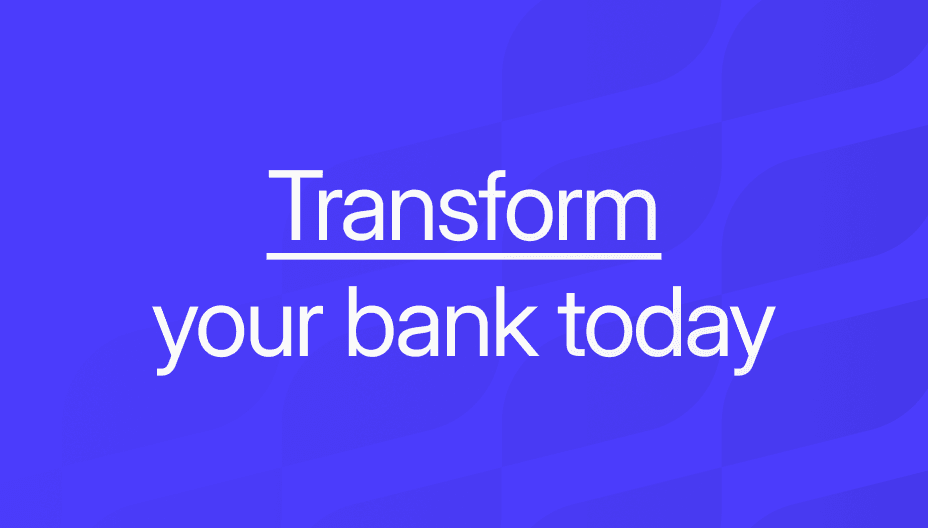
Get the monthly newsletter
Get the Finzly edge through our insights

